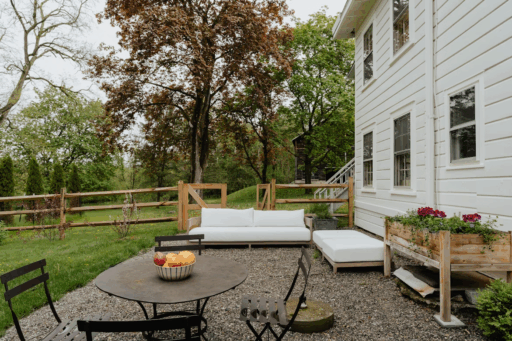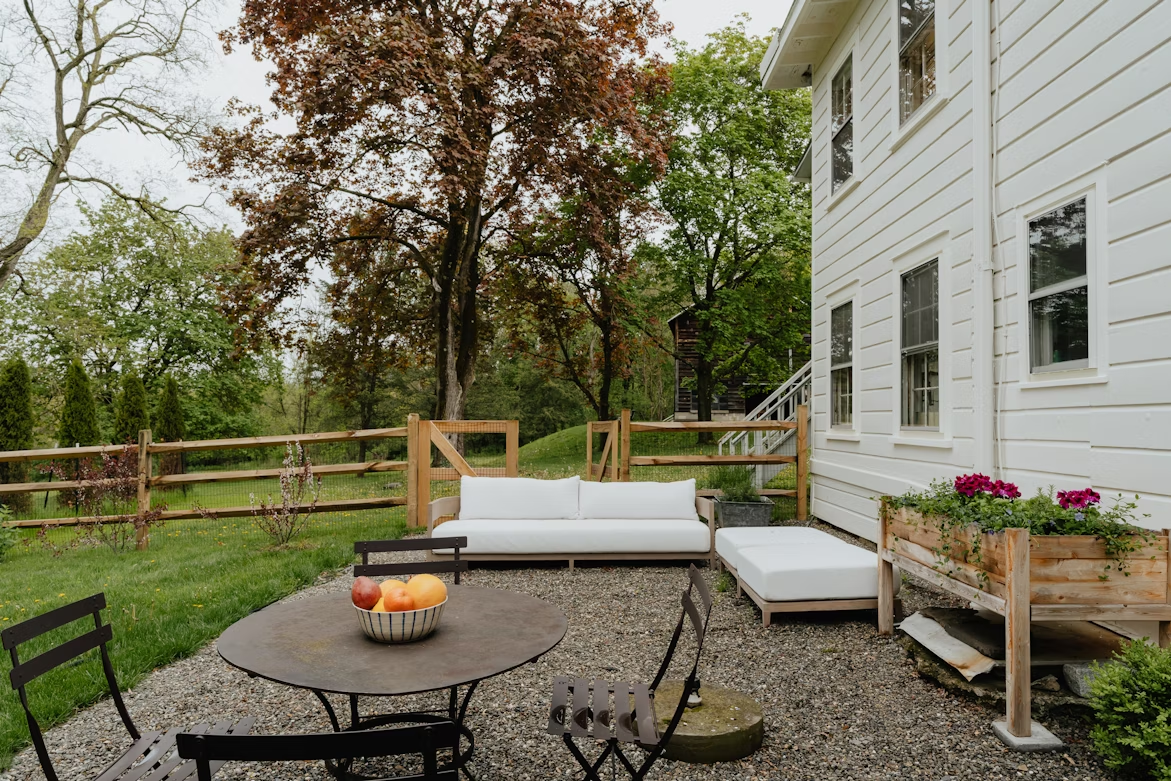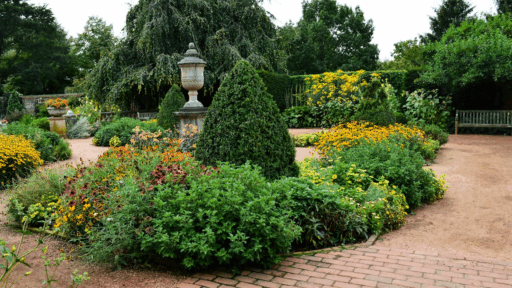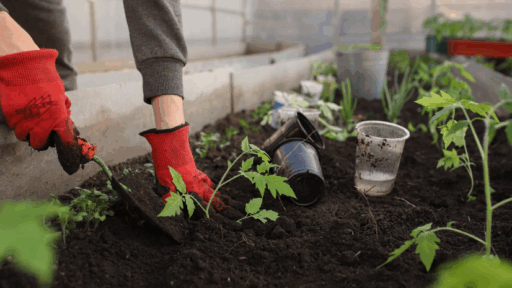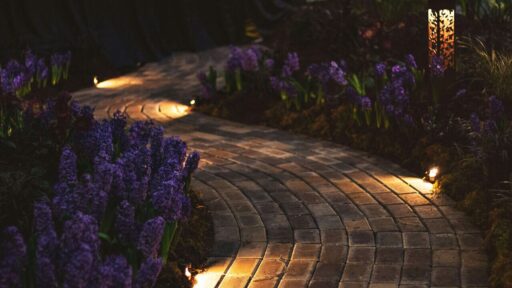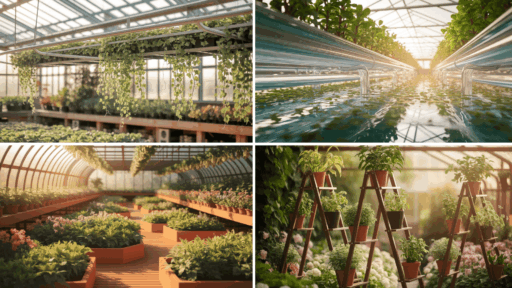Creating a green, beautiful backyard doesn’t mean committing to endless pruning, fertilizing, or cleanup. The best backyard bushes offer year-round color, texture, and structure with minimal effort—making them a smart choice for homeowners who want elegance without the hassle.
When you have a sprawling lawn or a compact outdoor space, choosing the right shrubs can help define your garden beds, line your pathways, and even provide privacy. Below, we explore some of the best low-maintenance bushes for a lush, enduring landscape—starting with a true standout: nandina.
Nandina: Color, Texture, And Simplicity In One Shrub
Nandina domestica, often called “heavenly bamboo,” isn’t actually bamboo at all—but its upright, cane-like stems and soft, lacy leaves give it a similar aesthetic appeal. This evergreen or semi-evergreen shrub is beloved for its vibrant foliage that changes with the seasons, offering shades of green, red, bronze, and even purple, depending on the variety and climate.
What makes nandina ideal for backyard gardeners is its extraordinary adaptability. It thrives in full sun to partial shade and tolerates a wide range of soil conditions, provided there’s good drainage. Once established, it requires little supplemental water and rarely suffers from pest or disease issues.
In terms of maintenance, nandina only needs light pruning to shape it or remove any leggy stems. It doesn’t demand regular fertilization or special care, making it ideal for people who want a thriving landscape with minimal upkeep. Some dwarf varieties like ‘Firepower’ or ‘Gulf Stream’ stay compact and are perfect for borders, while taller types can be used as informal hedges. Its multiseason interest—including small white flowers in spring and red berries in fall—means nandina holds visual appeal long after other plants have gone dormant.
Boxwood: The Classic Hedge With Effortless Appeal
Boxwoods are one of the most recognizable landscape shrubs and for good reason—they’re evergreen, highly shapeable, and incredibly durable. These dense, slow-growing bushes are well-suited for formal gardens, structured borders, or natural-looking clusters. Dwarf varieties like ‘Winter Gem’ and ‘Green Velvet’ remain compact, while larger cultivars like ‘American Boxwood’ can be used as screening plants.
Their small, glossy leaves stay green year-round, and they tolerate pruning exceptionally well—though you can easily let them grow naturally with only an occasional trim. Boxwoods prefer partial to full sun and well-draining soil but are relatively forgiving, even in less-than-ideal conditions. Once established, they need little water and minimal fertilizer.
Their natural resistance to deer and pests adds another layer of ease, and many modern varieties are bred for improved disease tolerance. For homeowners looking for a refined, sculpted look that requires only seasonal touch-ups, boxwoods are a timeless option that won’t disappoint.
Spirea: A Flowering Powerhouse That Practically Grows Itself
Spirea bushes offer a vibrant burst of blooms in spring and summer, along with brilliant fall foliage—yet they’re astonishingly easy to care for. Popular species like Spiraea japonica and Spiraea x vanhouttei come in a variety of sizes, making them suitable for both expansive beds and smaller urban gardens.
The appeal of spirea lies in its resilience and adaptability. It tolerates a wide range of climates, thrives in full sun, and isn’t picky about soil type. Once planted, spirea requires minimal watering, making it ideal for drought-prone areas or eco-conscious gardeners.
Trimming the plant after flowering can encourage a second bloom later in the season and helps maintain a tidy shape. However, even without pruning, spirea maintains a neat, bushy form.
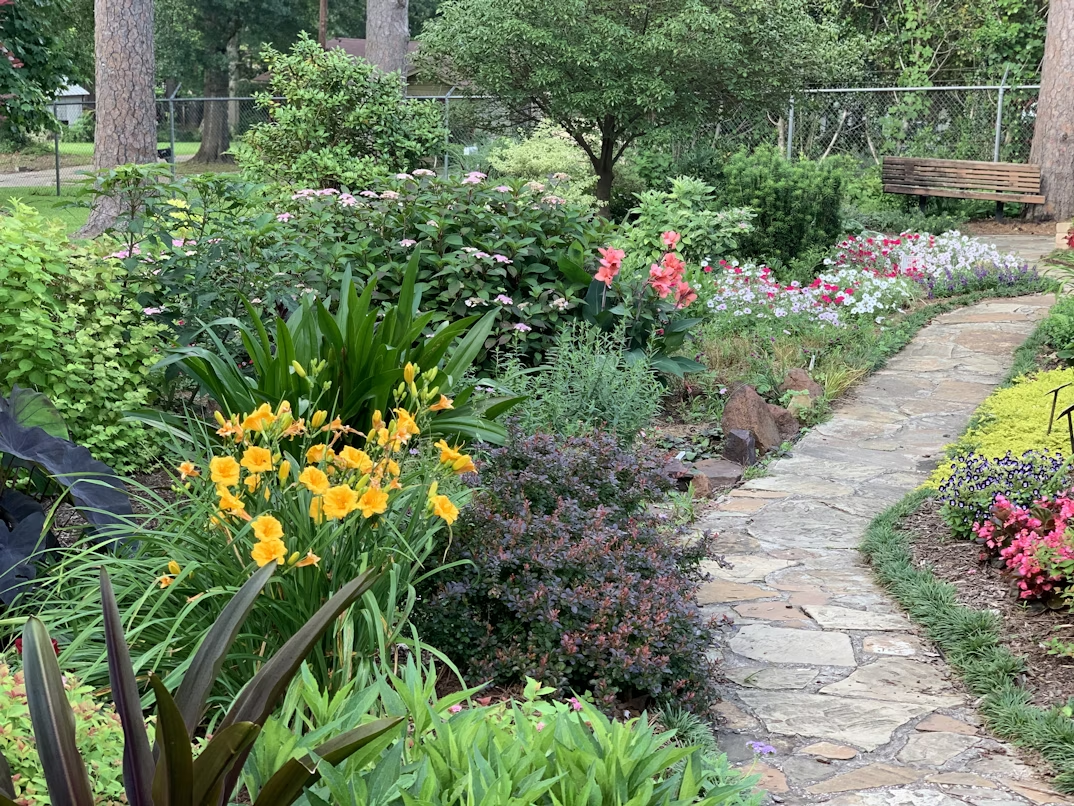
Photo by Aniston Grace on Unsplash
Viburnum: Versatility Meets Visual Drama
Viburnums come in a wide array of species and sizes, but what they all share is a lush, full-bodied form and stunning visual impact throughout the year. Some types, like Viburnum tinus, are evergreen and great for hedging, while others such as Viburnum opulus offer gorgeous spring blooms followed by fall berries and vibrant leaf color.
What makes viburnum so attractive for a low-maintenance yard is how self-sufficient it is. These shrubs are relatively pest-free, tolerate different soil types, and adapt well to sun or light shade. Once established, they don’t need frequent watering or fertilizing, though a little mulch in spring can help support root health.
You won’t need to prune viburnum often—usually just to remove dead wood or shape it slightly. Many varieties grow in a naturally pleasing form and stay attractive without human intervention. They also attract birds and pollinators, bringing life to your backyard while you sit back and relax.
Abelia: Glossy Leaves And Continuous Blooms
If you’re looking for a shrub that performs without complaint and brings subtle elegance to your yard, abelia is a strong contender. With its arching branches, fragrant flowers, and shiny, semi-evergreen leaves, abelia offers year-round interest with minimal effort.
Varieties like ‘Kaleidoscope’ or ‘Rose Creek’ are compact and colorful, featuring variegated foliage that changes with the seasons. In warmer climates, they may retain their leaves year-round, while in colder areas they drop them briefly before rebounding in spring. The bell-shaped white or pink flowers bloom continuously from spring through fall and attract hummingbirds and bees.
Abelia thrives in full sun but tolerates partial shade. It’s drought-tolerant once established and only needs occasional pruning to remove old stems or maintain shape. Because of its forgiving nature, abelia is often recommended for novice gardeners or busy homeowners who still want a refined, modern garden feel.
Barberry: Tough, Colorful, And Unfazed By Neglect
Barberry bushes are prized for their colorful foliage—ranging from deep burgundy and gold to green-and-white variegation—and for their tough, don’t-mess-with-me constitution. These thorny, deciduous shrubs create natural barriers that deter intruders while providing an attractive splash of color in landscape beds and borders.
Low-maintenance to the core, barberries handle poor soil, urban pollution, and drought conditions with grace. They thrive in full sun, which enhances their foliage color, but also manage in partial shade. Once planted, they require virtually no supplemental watering or fertilization.
Although some pruning may help maintain their shape, barberries are not prone to legginess or disease. Varieties like ‘Crimson Pygmy’ or ‘Sunjoy Tangelo’ are compact and showy, adding visual punch with almost no input. Just be cautious of their sharp thorns when planting or trimming.
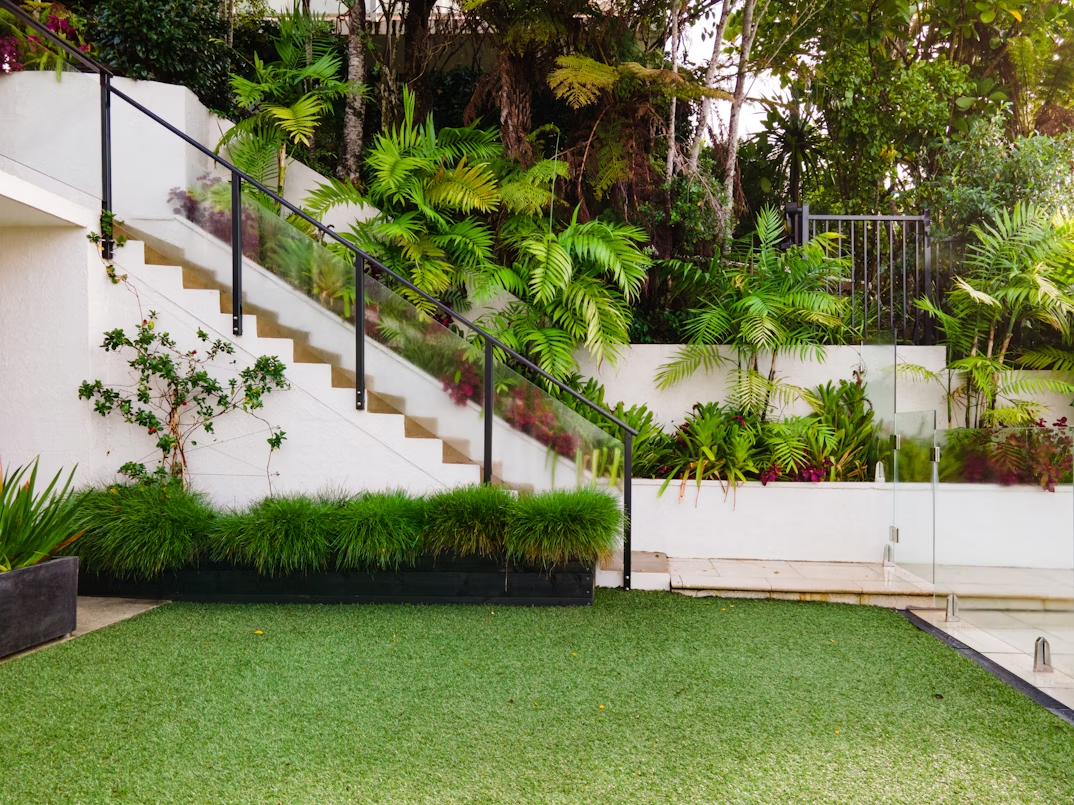
Photo by Look Up Look Down Photography on Unsplash
Wrapping Up
A lush, low-maintenance backyard doesn’t rely on elaborate care or frequent replacements—it comes from making the right plant choices from the start. Bushes like nandina, boxwood, spirea, viburnum, abelia, and barberry provide a perfect blend of visual interest, seasonal variation, and low upkeep.

